The Armenian Weekly Magazine
April 2015: A Century of Resistance
I am the product of two divergent familial coping strategies. My maternal grandmother’s family, the Der Melkonians, included resisters who defended themselves in the Adana Massacres of 1909. At the siege of Dörtyol, my grandmother, Eliza, loaded rifles while her brothers shot them. One brother, Mihran, became a leader of the Dörtyol resistance, riding out to destroy the dam Turkish soldiers had built in the town’s water supply. Dörtyol was one of two Armenian communities left standing in Adana in 1909. Eliza’s husband, my grandfather, Aaron Sachaklian, participated by imploring the foreign consuls to intervene. Later he became a leader of Operation Nemesis.
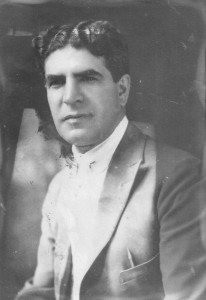
My father’s parents, however, could not fight back: They survived the Hamidian Massacres by fleeing—my grandfather into the woods and my grandmother with her infant daughter in her arms to the American mission. Years later she echoed for my father the high-pitched screams of the Turks as they charged through Kharpert, swords and scimitars raised. Elizabeth, my grandmother, died before I was born, but I can still hear those chilling sounds my father relayed to me.
The effects on the family are just as potent; forced into the role of victim, they became fearful and anxious. My father often said, “There are only two things in life you have to do: die and pay your taxes.” Other than that one chilling Turkish yell Elizabeth mimicked for my father, she remained silent, her resistance evidenced only by her survival. They lived in fear of the streets of Detroit—not to mention the trauma they carried from the massacres—and their son inhaled this like tomato plants suck up water. When I as a teenager asked to use the family car, my sweet, fearful father’s perennial response was, “Why? Do you have to go out?”
“No, Dad, I don’t have to. I want to.”
“Well, if you go out, something bad could happen to you. If you stay home, nothing bad will.”
The logic was impeccable. It also showed me that I was oscillating between the poles of resistance on one side of my family and victimhood on the other.
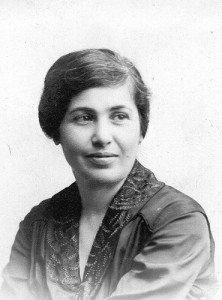
In July 1909, three months after the massacres that Eliza and her family survived, Zabel Yessayan participated in the delegation sent to Adana by the Armenian Patriarchate of Constantinople to help “the stricken,” as Yessayan referred to the victims. Armenian families had been murdered in churches, schools, wherever they had hidden. Yessayan saw hundreds of orphans, mothers whose children were murdered, men with stumps for limbs. When she returned she wrote to bear witness to what she had seen in order to banish the madness that the unimaginable can precipitate. Yessayan discovered that trauma of this magnitude cannot initially be narrated fully: “Those who lived through it are…incapable of recounting it as a whole. Everyone stammers, sighs, weeps, and can bring out only bits of pieces of the events.”1
Yessayan’s narrative itself is a list of terrifying images:
Despair and terror had been so great that mothers no longer recognized their own children; old women paralyzed and blind, lay forgotten in burned-down houses; people on the point of dying went mad hearing the diabolical laughter of a savage and bloodthirsty crowd; detached limbs and children’s bodies still trembling with pain and life were trampled underfoot. Caught between rifles on one side and flames on the other, children, women, and the wounded who, panic-stricken, had taken refuge in schools and churches, were burning to death entwined with one another.2
On the wall of a church in one of the Adana towns someone at the last moment wrote the words, “Now there is no longer a God…”3
Yessayan conveys these images, the un-representable, in a kind of iconic testimony—and she is the witness, not the survivor, whose ability to tell the story may be even more compromised. Traumatic images, non-verbal pictures that carry deep emotional weight, are generally not remembered as narratives but as sensory impressions—fragmented images, smells, sounds, and sensations that live in non-verbal parts of the brain. These fragments can generate inexplicable rage, terror, uncontrollable crying, or disconnected body states and sensations. When these images and sensations are not located, named, and integrated into the rest of life, they can become cut off, recurring when provoked by other stimuli or somaticized into reactive physical symptoms. Renowned researcher and psychiatrist Bessel van der Kolk has said of this phenomenon: “the body keeps the score.”
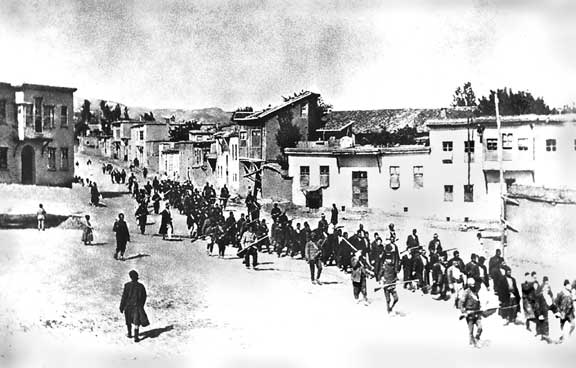
Survivors often avoid speaking of their traumas, especially those denied by the perpetrators. As one Armenian survivor said in a study completed by Donald E. Miller and Lorna Touryan Miller, “Once I started talking, I couldn’t stop and would inevitably end up in tears. So since then I have tried not to talk about it, even to my own children. My story is too sad.”4 Yet speaking of trauma can lessen its impact. Researchers such as James Pennebaker have demonstrated that creating a narrative of emotionally painful experiences can help survivors: Biological markers of illness often improve and the emotional manifestations of trauma abate.5 Telling our stories is a way to resist both the effects of trauma and the efforts of those who would silence survivors.6 Sharing stories of the Armenian Genocide is a rebellious act; it counters the Turkish government’s claim that there was no genocide and that if it did happen the Armenians brought it on themselves.
Armenians transformed themselves into survivors by telling their stories: “They are no longer the silenced victims…they are the empowered group that has maintained their culture, language, and religion through years of persecution,” as Soseh Esmaeili has suggested.7 And the work of Kalayjian and Weisberg indicates that those parents who share their history appropriately with their children do not harm them, while those who do not speak “reported more disturbances in their children.”8
Telling our stories is a way to resist both the effects of trauma and the efforts of those who would silence survivors.
My grandmother’s memoirs had a permanent home under her picture of the 1919 dinner in Boston honoring the establishment of the Democratic Republic of Armenia. Whoever sat at her table heard the story of that dinner, saw her seated at table 34, but also likely heard her stories of escaping the Turks by jumping from her roof under her mother’s arm, or hiding in leather saddlebags, or marching around with broom handles to give the impression that even girls had guns at the siege of Dörtyol.
The only story my father told of the Hamidian Massacres was of the Turks swooping into the town, grasping their scimitars, their knives, their shovels, and screaming that high-pitched yell his parents never forgot. They could not fight back, but they could run; they saved themselves, but was helplessness burned into them with the images of those swords cutting into human flesh? Are some images so traumatic that even to imagine speaking of them brings unimaginable fear? Did their narrative get stuck there instead of on their survival? The strategy was to keep the past in the past, numbing what could not be absorbed, to cope with life in America.
The primary job of the first generation was to survive and to anchor their families into America’s economic structures. The second generation focused on further developing their economic foothold and supporting Armenian culture in America. And the third generation moved into the political arena, actively countering the Turkish government’s denial. Some have said that this insistence on recognition is obsessive, but it could more likely be said that resistance to lies and continued oppression can support emotional health.
Resistance requires a healthy dose of anger, an emotion we are often told to avoid. But according to social psychologist Aaron Sell, “We need anger, and there are negative consequences for those without it.”9 Anger helps to mobilize action. As Joann Ellison Rodgers states, “When we get angry, levels of the stress hormone cortisol drop, suggesting that anger helps us calm down and get ready to address a problem, not run from it.”10
Gina O’Connell Higgins argues that the resilient have constructed for themselves master narratives that pull together a “coherent system of beliefs and ideals,”11 convictions that help sustain life and build resilience, that inner fire that sent my grandmother to an unknown land with a man she barely knew and still remain who she was; that allowed Aaron, my grandfather, to break key religious and secular laws by insisting on justice for his people. All survivors must have resilience to persist. What enabled my father’s parents to keep going, in spite of their anxieties, having lost virtually everything but their lives? But keeping silence, not telling their stories, made it difficult for them to integrate their traumas into the rest of life, creating a kind of psychological limbo that grew anxiety and did not allow for productive anger. Survivors can feel anger, but if it is not channeled into productive action, it can leak out to bystanders or hide inward as depression and anxiety. Directed anger leads to action, which even when it includes extra-legal acts of justice can resist helplessness, build a sense of agency, and counter trauma.
Shaikh and Kauppi state, “Resistance in the form of resistance to oppression is specifically evident in studies involving marginalized populations.”12 It is necessary to “refrain from categorical judgments about what is and is not adaptation under adversity and stress,” including fighting back and seeking justice. The authors imply that such activities may be necessary for the individual—and the ethnic group—to maintain health and a sense that life has meaning, especially when the world community does not act to protect the oppressed.
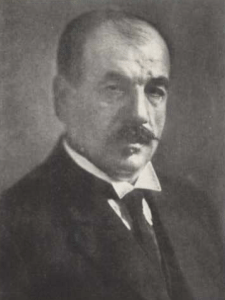
The men of Operation Nemesis channeled their anger into a plan. They articulated a set of values to guide their efforts: seek justice, protect innocent bystanders—their first principle—and go it alone when necessary. Their motives were “pure” in the sense that they did not seek fame or public recognition—indeed, just the opposite. They had one goal: to bring to justice the men who attempted to annihilate their people. This gave their lives meaning, their wounded psyches agency. As Armen Garo wrote in his letter of March 17, 1921, two days after the assassination of Talaat, “Shahan’s success is the only consoling event.”13 This was high anxiety work, yet when it was done, most of them lived relatively long lives as productive members of their communities. Their resistance may have brought them—and their people—a kind of satisfaction in knowing that their actions delivered the only justice yet seen. Most of the Nemesis men died peacefully in their beds of old age while Talaat, the “number one nation-murderer,” as Shahan Natalie described him,14 ended his life as he had lived it—with a bullet to the head.
On March 25, 2015, Harvard University hosted a commemorative panel discussion titled, “Armenia 1915-Auschwitz 1945: Small Nations and Great Powers.” The first question asked after the talks was from a member of a group of young Turks—the same question we have heard for several years, aided and abetted by our government: Why don’t you Armenians sit down with us and discuss both sides of what happened in 1915? They then held up placards that offered ironic statements such as “history can’t be distorted.” One attendee commented that he was surprised to see the last stage of genocide—denial—alive and well at Harvard. When a woman self-identified as a Turk told them she was ashamed of their disruption of a commemorative talk, they continued to hold their placards high in the air. After a somewhat derailed question-and-answer period, Dr. James Russell, one of the speakers, ended the session by leading us in singing the “Hayr Mer.”
We stood in this room at Harvard University singing what Armenians had for generations. We knew who we were. Afterward, as people began to leave, I noticed that one of the young Turkish women in the group was in tears, and I wondered, are those tears of frustration or humiliation? The Armenians know their painful truth; it is now time for the Turks to discover theirs, as many are already doing—from events in Diyarbakir, Tunceli, Istanbul. These young people will have to tunnel out of the prison of government lies just as Turkish scholar Taner Akçam had to dig his way out of Ankara Central Prison to freedom. One hundred years after the genocide, this battle of resistance now belongs to them.
Notes
1 Marc Nichanian, “Catastrophic Mourning.” In Loss: The Politics of Mourning, edited by David L. Eng and David Kazanjian (Berkeley, CA: University of California Press, 2003), p. 112.
2 Ibid, pp. 112-113.
3 Ibid, p. 119.
4 Donald E. Miller and Lorna Touryan Miller. “An Oral Perspective on Responses to the Armenian Genocide.” In The Armenian Genocide in Perspective, edited by Richard Hovannisian (New Brunswick, NY: Transaction), p. 192.
5 James Pennebaker, Opening Up: The Healing Power of Confiding in Others. (New York: Avon, 1992).
6 Marian Mesrobian MacCurdy, The Mind’s Eye: Image and Memory in Writing About Trauma (Amherst, MA: University of Massachusetts at Amherst, 2007).
7 Soseh Esmaeili, “Intergenerational Transmission of Trauma: Traumatic Impact on Second-Generation Armenian Genocide Survivors and Its Effects on Parenting.” (Dissertation, Alliant International University, 2011), p. 64.
8 Ani Kalayjian and Marian Weisberg, “Generational Impact of Mass Trauma: Post Ottoman Turkish Genocide of the Armenians.” In Jihad and Sacred Vengeance, edited by J. S. Pivens, D. Boyd, and H.W. Lawton (New York: Writers Club Press, 2002), p 271.
9 As quoted in Joann Ellison Rodgers, “Go Forth In Anger.” Psychology Today, 47, no. 2 (March/April 2014), p. 75.
[1]0 Ibid, p. 76.
1[1] Gina O’Connell Higgins, Resilient Adults: Overcoming a Cruel Past (San Francisco, CA: Jossey-Bass Publishers, 1994), p. 178.
[1]2 Arshi Shaikh and Carol Kauppi, “Deconstructing Resilience: Myriad Conceptualizations and Interpretations.” International Journal of Arts and Sciences 3, no. 15 (2012), p. 167.
[1]3 Marian Mesrobian MacCurdy, Sacred Justice: The Voices and Legacy of the Armenian Operation Nemesis (New Brunswick, NJ: Transaction Publishers, 2015), p. 200.
[1]4 Ibid, p. 139.


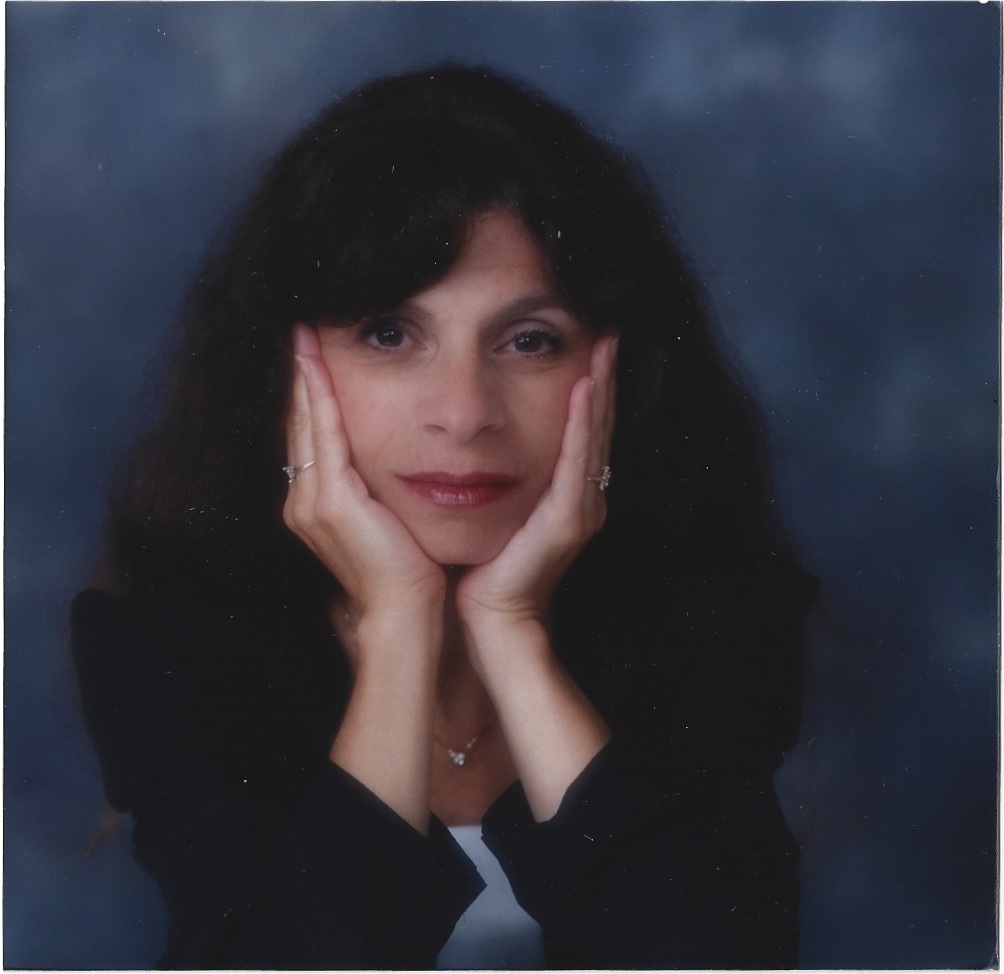
Thank you Marian a thousand thanks for this article. I am much moved by it….
Echoes of “Sacred Justice”. May they resonate forever!!
Stephan: I wholeheartedly recommend Marian’s book ‘Sacred Justice,’ a riveting and extraordinary account blending familial history and memoir with a deep and investigative knowledge of trauma as part of our collective inherited legacy.
Thank you — this article deserves two or three readings to fully understand and absorb.
Thank you Marion for you informative article. I look forward to reading your book. There is additional information concerning the symptoms survivors experience related to PTSD. There is also additional research being done on the children and grandchildren of Holocaust survivors who also manifest similar symptoms. Most likely due to epigenetic changes on the chromosomes due to stress that is passed on to the next generations